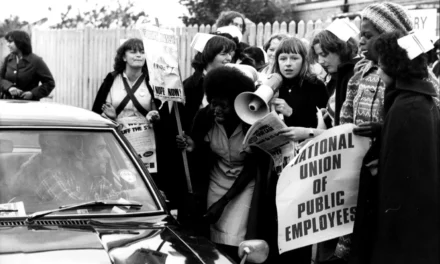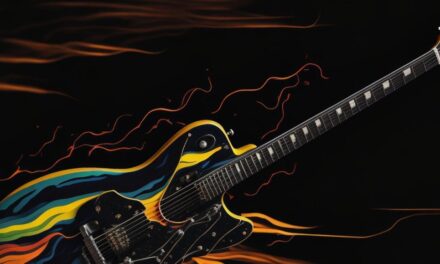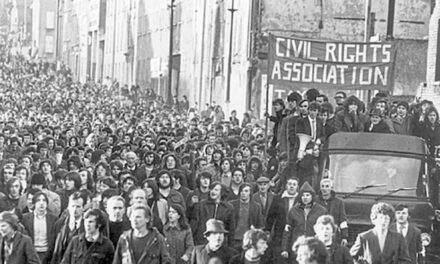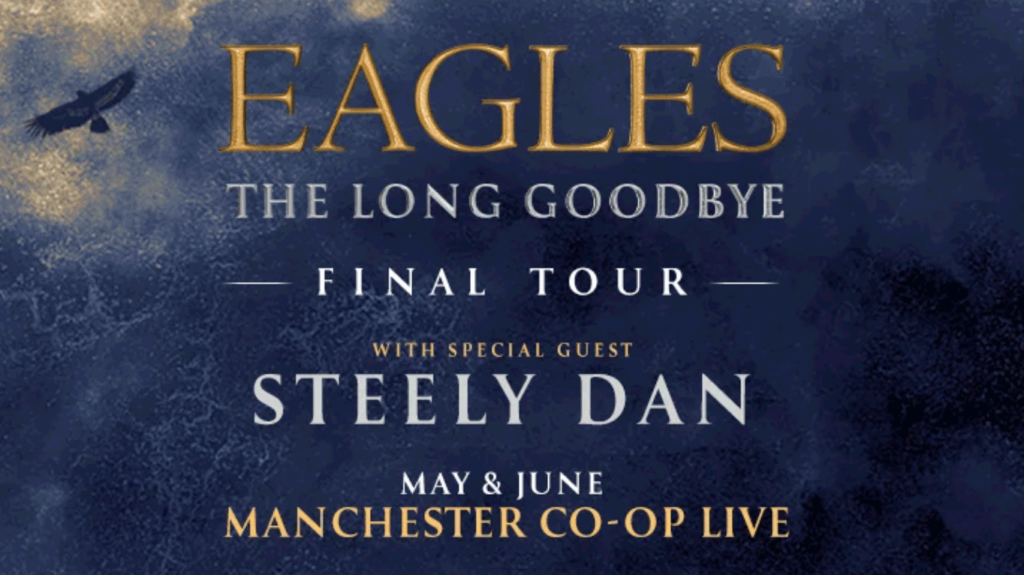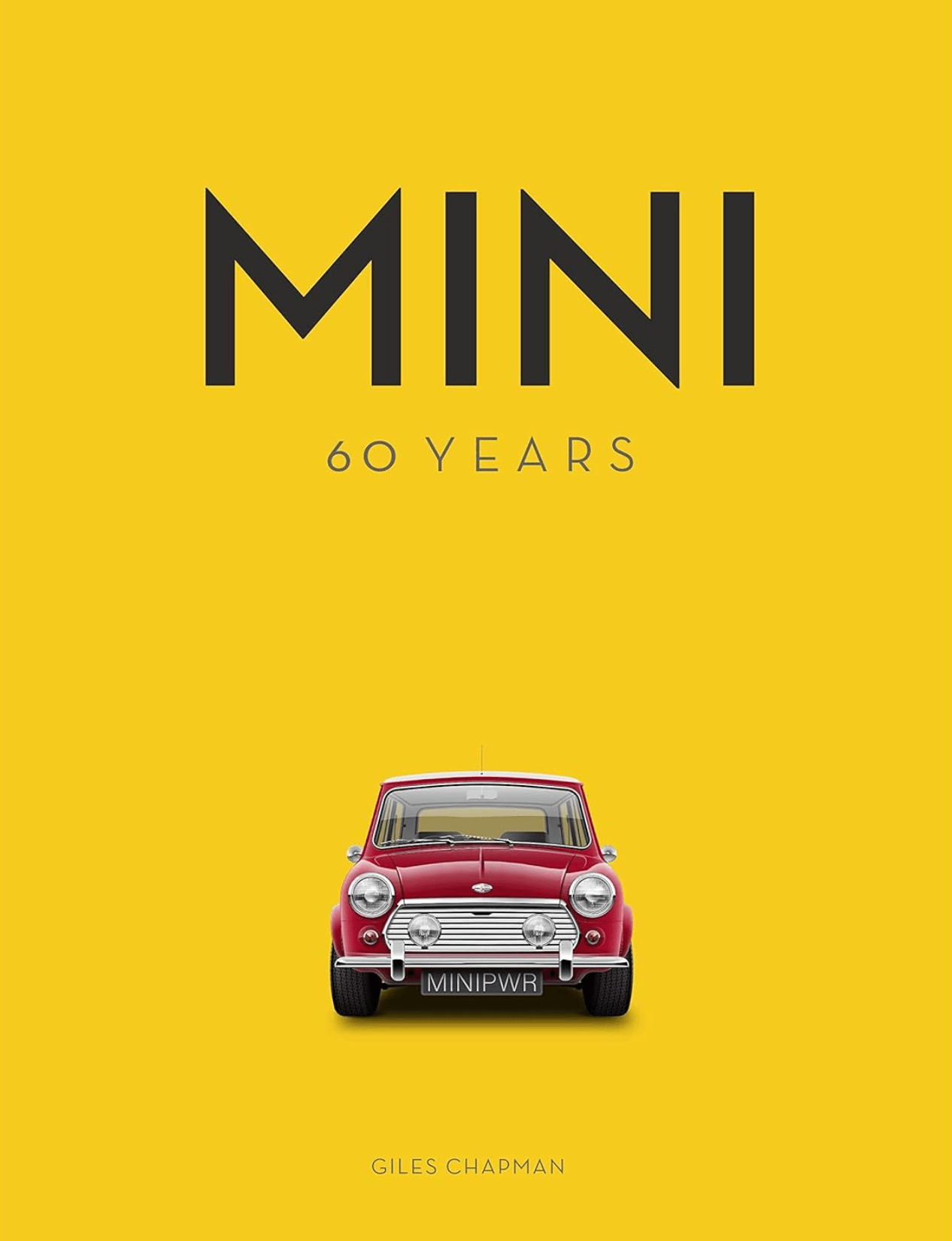In the early 1970s, a wave of extraordinarily ambitious British rock groups emerged to take the music into bold new territory. They prioritized artistic ambition, instrumental virtuosity, and sonic innovation within expansive, classically influenced multi-movement song suites that broke free of conventional pop and rock structures. This was the golden era of progressive rock that elevated the genre to new creative heights through complex arrangements, abstract conceptual themes, and incredible technical mastery from its musicians.
Trailblazing bands like Pink Floyd, Genesis, Yes, Emerson Lake & Palmer, Jethro Tull, The Moody Blues, and King Crimson sought to transform rock into a true art form rather than just disposable three-minute pop songs. Their fearless experimentation and willingness to take risks expanded the boundaries of rock and demonstrated that music could be far more than simple entertainment.

The Influences and Origins of Progressive Rock in the Late 1960s
Progressive artists drew from a staggeringly diverse set of musical influences well outside the typical blues-rock palette of the 1960s. Symphonic elements, European classical arrangements, jazz improvisation and polyrhythms, traditional British and Celtic folk motifs, and the avant-garde sonic experimentation of psychedelic music all contributed to the kaleidoscopic signature sound of progressive rock.
Songs were often sprawling journeys rather than radio-friendly singles, with lengths frequently exceeding 10 minutes or even 20 minutes in some cases. Lyrical themes tended toward imagination, fantasy, surrealism, science fiction, history, mythology, spirituality, philosophy, and other thought-provoking subjects.
Improvisatory instrumental sections were greatly expanded to spotlight the jaw-dropping skills of band members, featuring extended solos on guitars, keyboards, and drums that resembled freeform jazz fusion more than standard rock jamming. Live concerts became immersive theatrical spectacles with elaborate light shows, imaginative onstage props and costumes, and conceptual interludes connecting songs into a cohesive artistic experience.
Albums were crafted with meticulous attention to detail and conceived as holistic musical statements where songs seamlessly transitioned into lengthy suites that enveloped listeners into fantastical sonic worlds. Everything about the music was created with artistic ambition at the forefront, demonstrating rock was capable of the same compositional sophistication as classical, jazz, and folk genres.
Progressive rock origins can be traced to the mid-to-late 1960s, as groups like The Moody Blues, Procol Harum, The Nice, Soft Machine, Caravan, Van der Graaf Generator and others started expanding beyond the conventional rock, pop, and blues formats of the early 1960s. They incorporated elements of modal jazz, Indian ragas, classical, and English folk music, particularly traditional British Isles influences and medieval motifs, into the rock palette to push the music into fresh creative territory.
The late 1960s saw albums like Days of Future Passed by The Moody Blues and In the Court of the Crimson King by King Crimson emerge as early artistic statements exhibiting progressive tendencies. But it was in 1971 with releases like Fragile and The Yes Album from Yes and Pictures at an Exhibition by Emerson Lake & Palmer that the fully-formed progressive rock genre began coalescing into a cohesive movement and solidifying its aesthetic principles.
The Peak Years of Progressive Rock’s Popularity in the Early 1970s
The golden age of progressive rock lasted from approximately 1971 to 1976, achieving widespread international popularity and critical acclaim. Iconic albums were released yearly, including Close to the Edge (Yes) and Thick as a Brick (Jethro Tull) in 1972, Selling England by the Pound (Genesis) and The Dark Side of the Moon (Pink Floyd) in 1973, Red (King Crimson) and The Lamb Lies Down on Broadway (Genesis) in 1974, and Wish You Were Here (Pink Floyd) in 1975, to name just a few.
However, punk rock’s stripped-down, aggressive ethos that emerged in 1976 was partly a backlash against the perceived excesses and pretensions of progressive rock, which had dominated popular rock music for the first half of the 1970s. Mainstream fame for the symphonic prog bands faded in the late 70s as punk, new wave, and disco offered fresh sounds.

The Legacy and Impact of 1970s Progressive Rock Trailblazers
Nonetheless, the artistic impact and continuing inspiration stemming from progressive rock’s pioneering 1970s heyday remains incredibly strong. The level of stellar musicianship, sonic innovation, compositional complexity, and use of rock music to realize grand artistic concepts displayed by bands of that era would influence subsequent generations of musicians seeking to move beyond the confines of three-minute pop formulas.
Progressive metal bands like Dream Theater built upon the technical mastery of groups like Yes. Art rock groups of the 1990s like Radiohead carried the torch of fearless experimentation into new realms. The underground progressive rock scene continued to thrive and evolve in parts of Europe, aided by the connectivity of the internet spreading knowledge of the genre. Scores of new bands formed to reinvigorate prog by blending its core principles with modern technology and sounds.
Contemporary progressive artists follow in the footsteps of trailblazers like Pink Floyd, who proved rock music could be more than just simple entertainment—it could reach the creative heights of great art. While mainstream fame eventually faded, the lasting artistic values instilled by 1970s progressive rock visionaries—instrumental virtuosity, boundary-pushing creativity, crafting albums as holistic artistic statements, and thought-provoking lyrical themes—remain timeless.
The music’s 1970s pioneers brought rock to undreamed heights through their resonant beauty and willingness to take risks. The continuing impact of their dazzling voyage to the outer limits of rock as a medium will never fade. The enduring mission of moving rock culture forward, not by chasing ephemeral trends but by realizing bold creative visions, still stands strong today thanks to their legacy.
In his own words is the candid, witty, and unvarnished story of the songs and shows, the hits and pans, the marriages and divorces, the ascents to the top of the charts and into the tabloid headlines.
As one of only three musicians to sell over 100 million records both in a group and as a solo artist, Collins breathes rare air, but he has never lost his talent for crafting songs that touch listeners around the globe.
Defining Musical Elements of the Progressive Rock Sound
Beyond the major bands, certain musical elements consistently recurred across the genre and defined the pioneering progressive rock sound of the 1970s:
Instrumental Mastery and Lengthy Improvisation
Progressive rock showcased phenomenal musicianship skills and improvisational ability within groups. Bands like Emerson Lake & Palmer, The Nice, Yes, Genesis, Gentle Giant and others featured talented instrumentalists on guitar, bass, keyboards, and drums. Extended solos were encouraged, with songs frequently branching into open-ended instrumental interludes built on jazz-like soloing and interplay that went far beyond typical rock jams or pop structures.
Keyboardists like Keith Emerson, Rick Wakeman, Tony Banks, and Patrick Moraz played dazzlingly fast solos equal to classical pianists in dexterity and harmonic sophistication. Jazz and big band-influenced drummers like Bill Bruford, Carl Palmer, and Phil Collins incorporated complex polyrhythms, subtle cymbal work, and dramatic dynamic shifts. Guitarists including Steve Howe, Robert Fripp, and Steve Hackett wove sophisticated melodies, counterpoints, and avant-garde textural effects. Bassists like Chris Squire and Mike Rutherford provided the rhythmic foundation with elaborate, harmonically rich lead bass lines. This instrumental mastery demonstrated the music’s loftier artistic ambitions compared to standard rock or pop.

Classical Music Arrangements and Orchestration
The prominent integration of classical music theory, structures, and instrumentation was another defining hallmark of 1970s prog. Bands utilized multi-movement composition formats borrowed from classical suites and symphonies. Emerson Lake & Palmer ambitiously adapted pieces from Bach, Copland, Bartók, Alberto Ginastera and other renowned composers into dramatic progressive rock epics.
Groups like Genesis, Yes, Camel, and Renaissance penned their own extended multi-part rock suites. The presence of trained music scholars like Yes’ Rick Wakeman ensured classical influence. Mellotrons and synthesizers were used to recreate orchestral string and choir textures. Guitars mimicked Baroque lute patterns. It was not uncommon to hear passages in odd meters like 5/4 or 7/8 within prog compositions alongside more conventional 4/4 or 3/4 sections. Records flowed together with movements attaining symphonic scope.
Concept Albums and Fantasy Themed Lyrics
Lyrically, progressive rock explored imaginative themes outside the usual rock topics of relationships, romance and rebellious youth. Songs were often narrative-driven stories set in fantastical places, drawing from science fiction, mythology, ancient history, spirituality, dreams, and philosophy. Records were structured as cohesive concept albums united by a storytelling theme or central lyrical idea.
For example, Genesis’ 1974 double album The Lamb Lies Down on Broadway wove together poetic lyrics into a surreal urban allegory across four sides of music. Pink Floyd’s 1973 record Dark Side of the Moon linked songs based on the overarching concept of pressures and insanity-inducing elements of modern life. Jethro Tull’s Thick as a Brick satirized concept albums through a fictitious newspaper story about a child prodigy, with stream-of-consciousness lyrics connecting the album. Such creative concepts demonstrated progressive rock’s wider artistic scope beyond typical rock topics.
Elaborate Theatrical Live Performances
Onstage, most progressive groups treated concerts as dramatic theatrical spectacles to complement their ambitious music. Elaborate laser and light shows accentuated the soaring emotional sweep of pieces. Costumes ran from flowing capes and masks to otherworldly sci-fi jumpsuits, glitter makeup, and fantastical outfits straight out of myth or fantasy literature. Spoken word narration, stories, and philosophical poems connected songs into an engaging performance. Massive props like giant mythical creatures and stage recreations of Stonehenge or Greek temples enhanced the fantasy. Pyrotechnics and smoke added bombast and atmosphere. Multi-screen projections created immersive visual landscapes. Albums were brought to life like films during shows.
Ambitious Album-Oriented Song Structures
Progressive rock pioneers expanded ideas of how songs could be structured, often beyond the 3 to 4-minute format of radio-friendly pop. Compositions frequently spanned from 10 minutes to over 20 minutes, containing multiple distinct melodic sections that organically swerved through different keys, tempos, rhythmic feels, and time signatures with frequent solos spotlighting instrumental virtuosity.
This level of melodic, harmonic, and structural ambition was highly unconventional compared to the tighter verse-chorus formulas aimed at radio airplay in most pop and rock songs. But thanks to supportive record labels and eager fans hungry for complexity, progressive bands enjoyed greater creative freedom to undertake extended musical journeys and album-length rock suites. Records were meticulously crafted to be absorbed as a cohesive listening experience from start to finish.

The Pioneering Bands Who Defined 1970s Progressive Rock
Several pioneering British bands were leading forces in developing and popularizing the core aesthetic principles of progressive rock from 1969-1976. Groups like Pink Floyd, Genesis, Yes, Emerson Lake & Palmer, Jethro Tull, The Moody Blues, King Crimson, Camel, Gentle Giant, Van der Graaf Generator and others spearheaded prog’s synthesised ambitious art rock concepts with rock instrumentation.
Their fearless experimentation across 7 to 20+ minute songs and thematically unified concept albums presented rock in widescreen, cinematic terms far removed from radio pop conventions. These visionary artists laid down a blueprint for blending compositional sophistication with rock music formats that continue inspiring adventurous musicians decades later. They brought rock music into realms critics previously never conceived possible.
Pink Floyd – Space Rock Conceptualists
Pink Floyd emerged in the late 1960s as true visionaries who stretched rock music into deeply immersive sonic vistas. Formed in London around core members Roger Waters, Richard Wright, Nick Mason and original frontman Syd Barrett, their 1967 debut The Piper at the Gates of Dawn brought psychedelic rock to new artistic heights. After Barrett left in 1968 due to mental health issues, David Gilmour joined as guitarist and co-lead vocalist alongside Waters. This revised lineup recorded the landmark progressive albums The Dark Side of the Moon, Wish You Were Here, and The Wall.
Gilmour’s bluesy, melodic guitar work provided the signature sound, often acting as a more emotional and human counterpoint to Waters’ cerebral, lyrical concepts. Richard Wright’s spectral keyboards added atmospheric, melancholic textures while Mason’s nuanced, jazz-influenced drumming gave songs subtle propulsion and lift. Each Pink Floyd album flowed seamlessly between tracks unified by moody overarching themes exploring alienation, madness, and philosophical introspection. 1973’s The Dark Side of the Moon links songs based on the concept of pressures and maddening elements of modern life through seamless musical transitions and lyrical coherence, becoming one of rock’s best-selling and most influential records.
Epic compositions like the sprawling 3-part “Shine On You Crazy Diamond” and the alien soundscape collage “On The Run” demonstrated Pink Floyd’s extraordinary ambition and studio innovation. Their pioneering use of synthesizers, tape loops, experimental recording techniques and sound effects crafted richly immersive sonic journeys into inner and outer space. Their legendary live shows became multi-media sensory extravaganzas synced with cutting-edge visuals.
While less flashy in pure technical skill than bands like Yes, Pink Floyd’s innovations in production, arrangement, and synth-drenched conceptual atmospherics showed progressive rock’s potential for emotionally resonant artistic statements with broad yet deep appeal. Their balance of experimentation and strong melodies attracted a colossal worldwide following. All these elements make Pink Floyd true pioneers who pushed progressive rock boundaries into new frontiers.
Author Jerry Ewing (Editor of 'Prog' magazine and the founder of 'Classic Rock' magazine) tells the in-depth history of Prog, from the origins of the genre to the highs of the 60's and 70's, to its contemporary resurgence with artists such as Steven Wilson and Opeth, not to mention the prog influences on art-rock bands such as Muse and Radiohead. Highlights include the story of the 'big six' of Progressive Rock - Pink Floyd, Yes, King Crimson, Jethro Tull, Emerson Lake and Palmer and Genesis.
Genesis – Whimsical Prog Eccentrics
Genesis pioneered their own distinctive brand of symphonic prog centred around bandmates Peter Gabriel, Tony Banks, Phil Collins, Steve Hackett and Mike Rutherford. Formed in 1967, their early albums melded pop whimsy with opaque lyrical allusions. After Gabriel’s departure in 1975, the band shifted toward mainstream arena rock success. But Genesis’ 1970s progressive output masterfully blended classical music structures, English folk whimsy, and hard rock power with supreme artful ambition.
Gabriel’s outlandish theatrical persona, Banks’ prominent piano and organ playing, and Hackett’s eclectic guitar work anchored the artistic apex of their 1970s music. Songs like the surreal 23-minute “Supper’s Ready” revealed fearless experimentation through unexpected time changes and bizarre effects. Legendary albums like Selling England by the Pound and the sprawling 90-minute concept double LP The Lamb Lies Down on Broadway highlighted their creativity. The latter tells an abstract, lyrically obtuse urban coming-of-age allegory across four sides of music.
Onstage, Peter Gabriel appeared in bizarre homemade costumes and masks to visually convey mysterious narratives in prog’s escapist spirit. Obscure lyrics created imaginary mythological worlds paralleled by musical richness. Their great dexterity as players allowed complexity without sacrificing emotion. During their peak era, Genesis followed prog’s spirit of reinventing rock conventions, appealing to fans seeking music that transcended mainstream pop formulas. Their brand of gentle eccentricity within ambitious art rock was wholly original and hauntingly beautiful.
Yes – Technical Progressive Wizards
Known for peerless technical precision, the band Yes became 1970s progressive rock mainstays. Formed in London in 1968 by bassist Chris Squire, vocalist Jon Anderson, guitarist Peter Banks, keyboardist Tony Kaye, and drummer Bill Bruford, their early music blended jazz fusion and classical influences into a meticulous, harmonically advanced sound.
Following several member changes, their “classic” lineup emerged featuring Squire, Anderson, guitarist Steve Howe, keyboard wizard Rick Wakeman, and drummer Alan White. This group recorded landmark albums in 1971’s Fragile and 1973’s Close to the Edge which rank among prog’s finest achievements.
Chris Squire’s rolling bass and Steve Howe’s versatile, lightning-fast guitar playing drove songs through melodic interplay and extended solo spotlights for each player. Rick Wakeman added baroque grandiosity on an array of synthesizers and keyboards while Jon Anderson’s high, soaring tenor ranged from dreamy quiet passages to rock belting.
Yes honed their skills through intense rehearsal and live performance, resulting in preternatural precision. Their compositions traversed boldly dynamic arrangements and frequent meter changes from 4/4 to 7/8 or 5/4. The epic 18-minute “Close to the Edge” demonstrates their synergy through solos interweaving around a memorable vocal refrain. Later 70s albums like Relayer continued showcasing their technical brilliance through intricate instrumental interplay.
Yes perfected prog’s vision of transcending pop songwriting bounds through instrumental mastery. Their energetic delivery, densely layered arrangements, and focus on group musical chemistry established Yes as superstars. The band balanced staggering complexity with cohesion and aerial melodicism, attracting a devout following. Their legacy as 1970s progressive rock virtuosos remains peerless.

Additional Notable Progressive Rock Bands
In addition to bigger names, numerous other innovative English progressive bands left their mark despite less commercial success. Procol Harum pioneered early prog by blending Bach-inspired organ and haunting vocals on albums like A Salty Dog. Emerson Lake & Palmer brought thunderous bombast through Keith Emerson’s keyboard showmanship. Jethro Tull mixed folk rock and hard rock behind Ian Anderson’s distinctive flute.
Lesser-known artists like Van der Graaf Generator combined bold saxophones, doom-filled Hammond organ, and Peter Hammill’s raw vocals into a darkly gripping prog/jazz fusion sound. The Moody Blues’ 1967 album Days of Future Passed influenced prog’s genesis through its pioneering Mellotron orchestration. King Crimson’s knotty riffs and avant-noise experimentation on Larks’ Tongues in Aspic and Red forged new territory.
While lacking arena success, these boundary-pushing groups brought fresh ideas. Their uncompromising creative spirit expanded progressive rock’s artistic credibility and variety. Each contributed musical flavours that flourished through prog’s fertile 1970s bloom until punk shifted popular tastes. Their innovations proved rock could take far-reaching chances as serious art.
Progressive Rock’s Enduring Legacy and Influence
By 1976, the original wave of 1970s progressive rock was waning commercially as punk, disco, and streamlined pop music became dominant. But the artistic impact of prog’s pioneering 1970s period continues resonating strongly decades later. Technical skill, compositional complexity, and conceptual artistry displayed by pioneering bands influenced countless subsequent musicians seeking to move beyond standard pop conventions.
Progressive metal bands expanded on prog’s intricacy and instrumental intensity, blending odd-meter rhythms, complex song structures, and extended solos with metal aggression. In the 1990s, art rock groups like Radiohead carried the torch of fearless experimentation into new territories. The Internet age aided connectivity between progressive artists worldwide, ensuring the genre continued evolving with vital underground scenes, particularly across Europe.
Today, fresh young bands fuse prog principles with modern technology and styles. Contemporary progressive artists follow trailblazers like King Crimson and Pink Floyd, who proved rock can be far more than disposable entertainment – it can achieve artistic significance and meaning. While mainstream fame eventually faded, progressive’s artistic ethos remains timeless.
Progressive rock’s 1970s pioneers brought rock music to creative heights few imagined possible. Their stellar musicianship, intricate arrangements, and meticulous album-oriented craftsmanship shattered the perceived limitations of the rock format. The resonant beauty and maverick experimental spirit of that era’s masterworks continue inspiring new generations of bands around the world.
Values like instrumental virtuosity, boundary-breaking imagination, lyrical sophistication, and utilizing the album as an immersive art form are progressive rock’s lasting legacy. The dazzling artistic voyage it undertook through rock’s outer limits will never fade. Its spirit of moving rock culture forward through bold creative vision instead of chasing trends still stands strong today. For a brief shining period in the 1970s, progressive rock reached dazzling creative peaks that continue to inspire half a century later.






